
The Power of Data in Reducing Pressure Ulcers
12th January 2022
By Carole Taylor, Lead Nurse for Tissue Viability
In this 5-minute read, hear from Carole Taylor (Lead Nurse for Tissue Viability) about how a team at ELFT have used Quality Improvement (QI) to reduce pressure ulcers. Learn about what they have done to reduce pressure ulcers by 31% and how looking at data over time has helped them ask the right questions.
Why is tackling pressure ulcers an important thing to work on?
The impact of pressure ulcers is significant on service users and the wider health service in general. For service users, a pressure ulcer can have a significant impact on quality of life in a range of ways, limiting ability to work and reducing opportunities for social interactions. Ultimately if unmanaged, pressure ulcers can lead to sepsis and death. Estimated costs of treating a pressure ulcer varies from £1,214 (category 1) to £14,108 (category 4).
and account for around 4% of total NHS expenditure each year* and 19% of all safety incidents**.
Who is involved and what changes have you tested?
A team of community nursing colleagues from across Tower Hamlets, Newham and Bedfordshire decided to start a QI project with the aim of reducing pressure ulcers by 10% by December 2022 just before lockdown in March 2020. The teams driver diagram, a visual that demonstrates a team’s theory of change, can be seen below (see figure one below).
Figure One – Project Driver Diagram
The 3 main change ideas the project has been testing are described below:
Telehealth Monitoring in Newham – A cohort of patients on the district nursing caseload with catheter were identified. At times these patients could go weeks without seeing a nurse, so they received telehealth monitoring to support the administration of a commonly used SSKIN care bundle (an evidence-based set of interventions that help to prevent pressure damage). People receive a series of questions via text around the bundle and if anyone answers yes, then this prompts a telephone call from the team and in some cases a nurse would come out and visit them to assess the care required. For example, “are you keeping moving to help relieve pressure”. As standard, all people, now discharged from a district nursing caseload who have a healed pressure are referred to Telehealth for ongoing monitoring.
Improved diagnostic support provided by the Tissue Viability Teams for wound queries. In Bedford and Tower Hamlets, teams have been testing the use of an improved referral and triage process and are providing enhanced support to nurses to assess wounds correctly. Prompt and accurate wound assessment helps ensure service users receive the right care for a pressure ulcer and therefore correct treatment at the right time. Both teams have tested a service whereby nurses can send wound photos to tissue viability specialists to help accurate diagnosis.
Data Dashboard – Developing a data dashboard for pressure ulcers that is sent to the teams on a monthly basis to help the engage and review their own data on Pressure Ulcers.
What has been the impact of the work so far?
We decided to look at our data in several ways to help get a better understanding of how our system was performing. This included looking at:
- Overall number of pressure ulcers across the trust
- Low Harm Pressure Ulcers (Category 2 and suspected deep tissue injuries (SDTI))
- Moderate Harm (Category 3, 4 and unstageable pressure ulcers)
Data was displayed weekly on control charts, a statistical tool to help plot data over time and demonstrate variation. From this, we can see that across ELFT there has been a 31% sustained reduction in Low and Moderate Harm pressure ulcers (Categories 2,3,4 and unstageable) from 37.4 per week to 25.9 per week (see figure two below). For moderate harm pressure ulcers alone, this figure has reduced by about 50% across the trust from 8.2 to 4.5 per week (see figure three below).
Figure Two – Total ELFT Pressure Ulcers (left) and Figure Three – Total ELFT Moderate Harm Pressure Ulcers (right)
Our theory behind this reduction is that increased use of telehealth monitoring across the trust and improved diagnostic support from tissue viability to nursing colleagues in the community has made a difference.
How has the QI method been helpful?
Looking at data over time on control charts has been helpful for us to understand what is going on with pressure ulcers in the system. Until we started looking at data in this way and understanding how to interpret the variation on the charts, we didn’t really have a clear picture of how the system was performing and how to react appropriately. Being able to interpret the data in the right way, based on the different types of variation we were seeing, helped us ask better questions and become more curious about why certain things were happening.
For instance in early December 2021, the moderate harm chart was showing one week’s data falling outside of the upper control limit; this is known as a three sigma violation. Using standard rules to help us interpret control charts, this highlighted that there was a special cause in the data and that as a team we should have a conversation to explore what was behind this. On investigation we found that this was a result of incorrect recording of some of some of the data. Without looking at data over time and having some standard ways of interpreting this, we wouldn’t have been able to tell this part of our story.
Life QI, the online platform for recording the progress of our project, has also been helpful for us as a team. It has given us a place where we can store all the information about our project, refer to what is going on and learn about our changes. It has also prompted some unexpected conversations amongst colleagues when the life QI project record has been updated.
What’s next for the work on Pressure Ulcers?
We have seen a great reduction in pressure ulcers across the trust, and we are keen to continue testing new ideas where needed. Currently, the team are working on:
- Developing a pressure ulcer passport – we are currently working with service users to design this, so it is meaningful
- Adapting a tool from children’s safeguarding services called ‘the 7-minute brief’. This is a short tool with 7 key questions nurses need to ask when working with service users. It is intended to provide a more holistic overview of what someone living with a pressure ulcer needs and helps the nurses to develop professional curiosity
- Testing a digital wound assessment app
*Bennett, G., Dealey, C. and Posnett, J., 2004. The cost of pressure ulcers in the UK. Age and ageing, 33(3), pp.230-235
**National Institute for Clinical Excellence (NICE), 2015. Pressure ulcers: Quality standard [QS89].
Most Read Stories
-
Why is Quality Control important?
18th July 2018
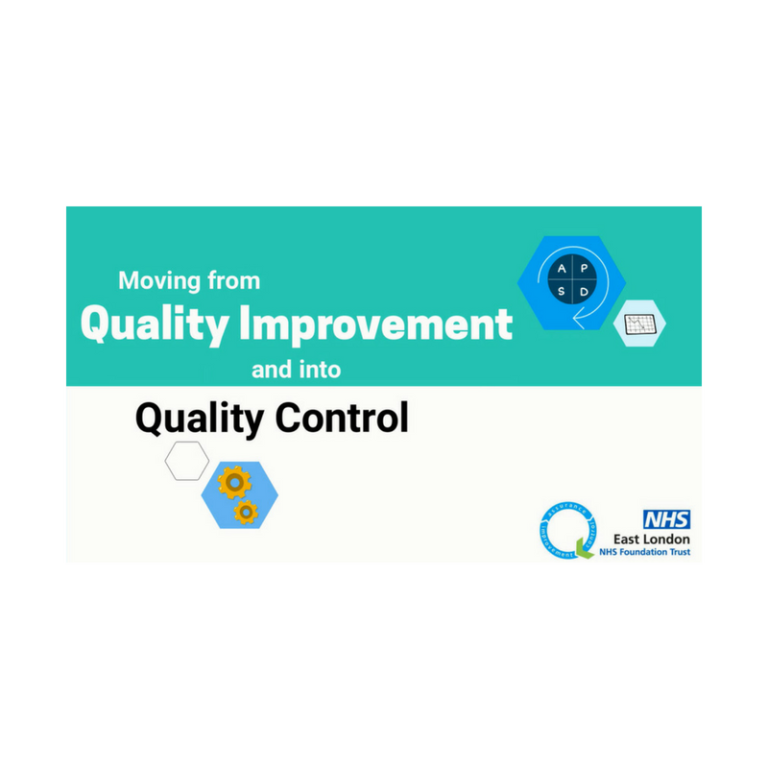
-
An Illustrated Guide to Quality Improvement
20th May 2019
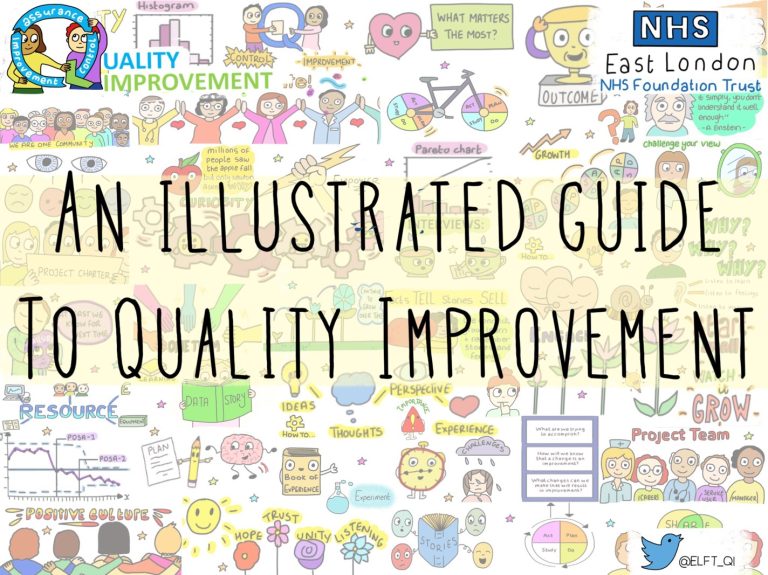
-
2016 QI Conference Poster Presentations
22nd March 2016
-
Recognising Racism: Using QI to Help Take Action
21st January 2021
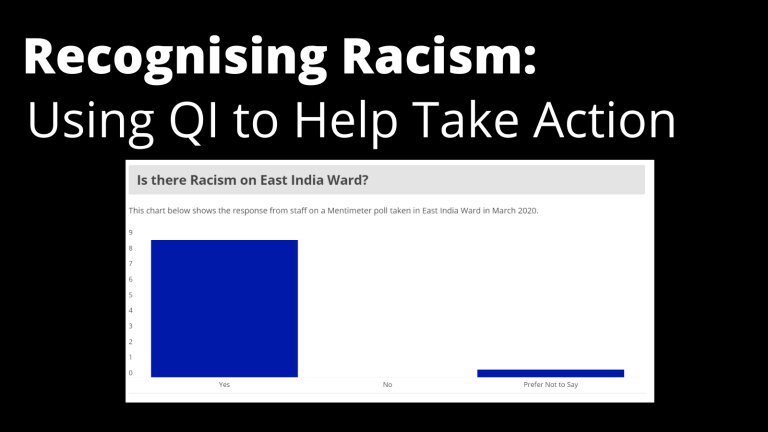
-
Using data enabled us to understand our problem
31st March 2023
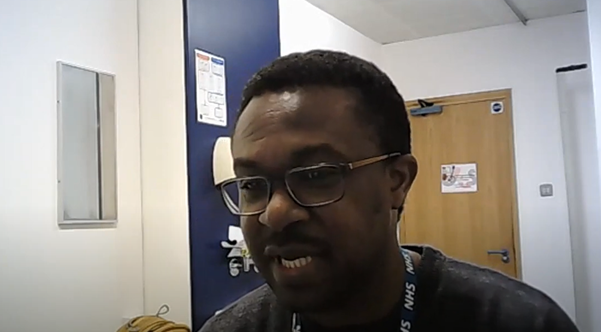
-
QI Essentials: What does a Chief Quality Officer do?
18th March 2019

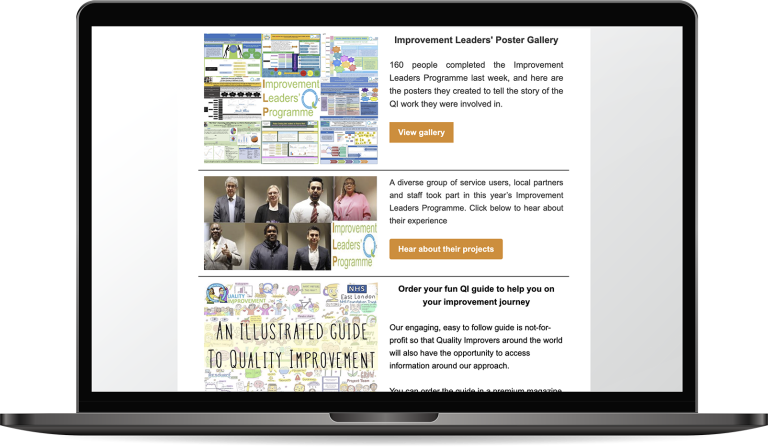
Follow QI on social media
To keep up to date on the latest concerning QI at ELFT, follow us on our socials.





